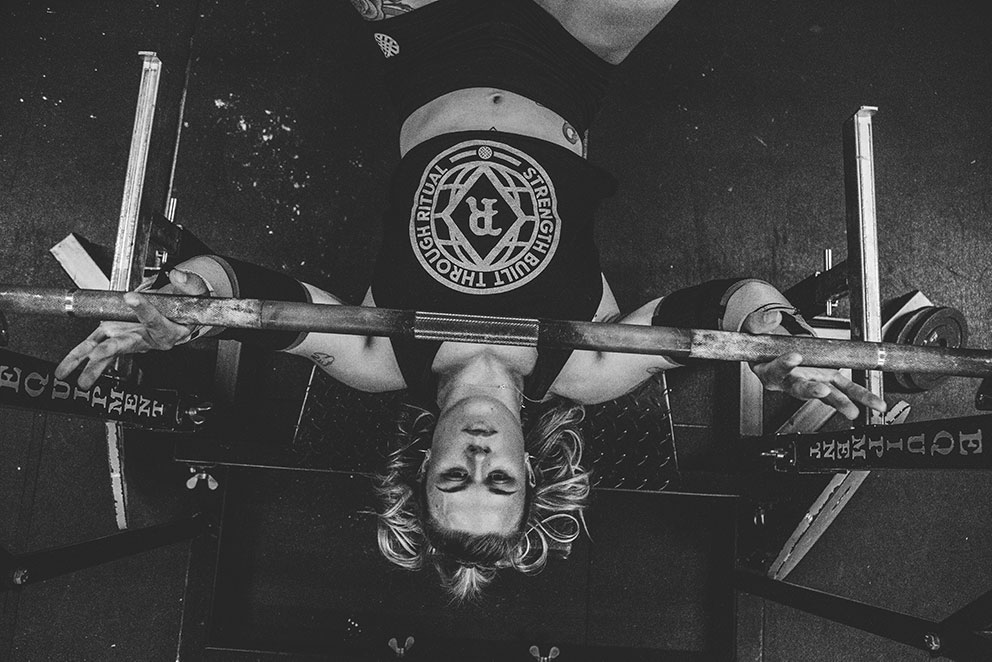
Force Rowing
I love coaching the junior squads when it comes to rowing and development. Not only do you get to see them progress and mature through their time as an athlete, you also get some of the best conversations and outcomes from the thoughts they have on the erg. During one such coaching sessions an enthusiastic junior came to me and had this to say:
Athlete; “Coach, I really want to improve my rowing and have noticed if I push harder, then the screen shows a lower split time”.
Me; “Okay, what are you thinking?”
Athlete; “I’ve decided I’m going to row all my sessions with the strokes per min you’ve given but with maximal energy each stroke. That way I’ll have the fastest times of anyone!!!
Me; “Go for it” (smiling to myself as the athlete walked away)
Needless to say, the young lad’s session went from good to not so good in a very short period of time, and once he’d recovered proclaimed that it was a silly idea and he would listen to me from now on with how to row the sessions.
Why do I tell this story?
In rowing, energy is transferred from one component to the next. On the water this transfer takes place from the rower to the oar and then to the boat. On the indoor erg this is no different, however rather than the energy being transferred to the oar it gets put through the chain that links to the flywheel and a measure of this is then represented on the monitor in front of us.
So the question is: If I wanted to improve my rowing, surely all I have to do is row with more force?
Unfortunately, it’s not that simple. Efficient rowing technique is critical due to its relationship with force summation that results in coordination and utilization of body segments in order of largest to smallest. Correct application of the legs, legs and trunk, trunk and arms and finally arms and shoulders has considerable implications on the efficiency and effectiveness of a rower.
If the athlete cannot link each of the sections together then power will be leaked at various points in the rowing action and ultimately lead to fatigue (or injury) of the athlete.
So if my technique is right, then I can row with more force?
A rower’s goal is to propel their boat as quickly as possible over any given race distance.
If we take the 2000m race distance as the example, this requires the rowing movement to be repeated approximately 200 times during competition. If my athlete tries to put maximal energy into each stroke the athletes limiting factor is ultimately how long he or she can maintain this for. In the case of most athletes 20-30 full strokes and once again fatigue will set in.
In order to be more competitive over any race distance, we have to explore the notion that being fast is a combination of both technical movement and strong yet equal amounts of pressure through the given number of strokes for the event given.
Technical improvement can be achieved via technical feedback of the phased movements of the stroke cycle (catch, drive, release and recovery). Along with an understanding of correct, strong anatomical body position to support the transfer of power produced by the force summation of the sequence from catch to finish.
Pressure per stroke is very much a ‘feel’ that is developed the more time you spend on the erg and the more data you collect from your sessions. As you become more confident with your stroke you will gain the confidence to trust you wont blow up mid session you will get better as a result. It just takes time.
Want to know more about the technical side of rowing and the drills you can utilize to help get better at each and every stroke? Head to our YouTube Channel and follow along the sessions as Shane rows them with you.
Yours in fitness, education and using the force.
Coach John
Photo by Artur Tumasjan on Unsplash
No products in the cart.


